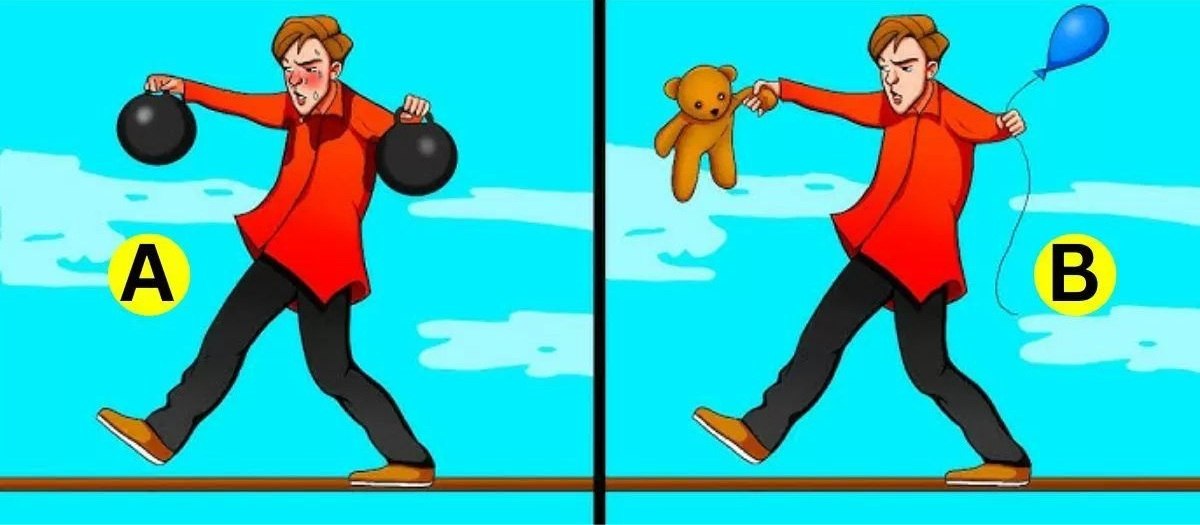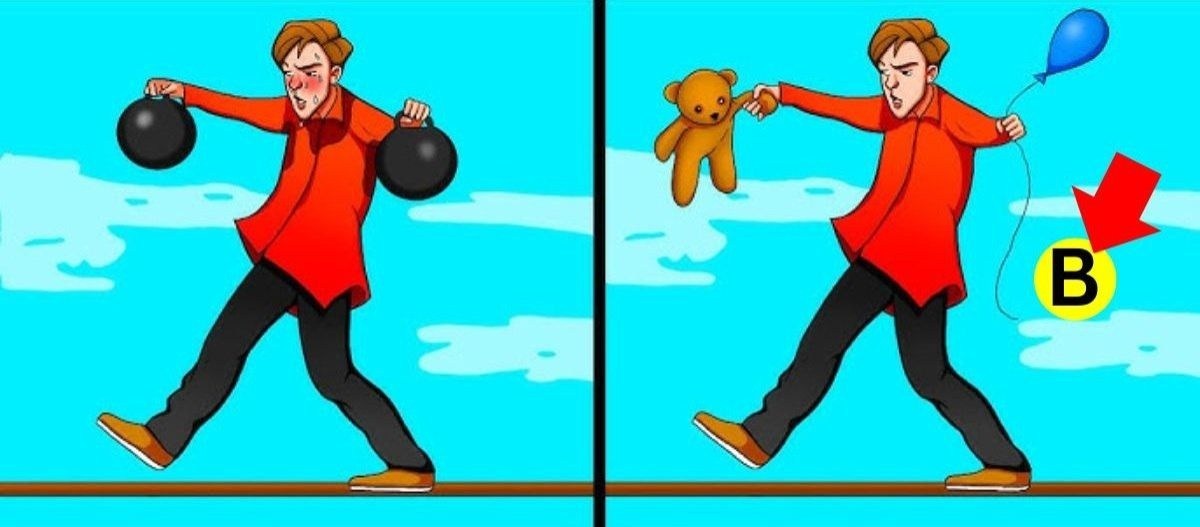Brain teasers and puzzles are excellent tools for cognitive development, offering benefits like enhanced problem-solving skills, improved memory, and increased focus. They encourage critical thinking, creativity, and attention to detail, making them valuable for both children and adults.
By incorporating puzzles and brain teasers into daily routines, individuals can enjoy a fun and engaging way to stimulate their minds, enhance cognitive abilities, and promote overall well-being.
Different types of puzzles and brain teasers include riddles, logic puzzles, math puzzles, jigsaw puzzles, spot the difference, word games, and many more.
These visual riddles require creative thinking and concentration to solve. You need to use deductive reasoning and pattern recognition. These puzzles help improve spatial reasoning, fine motor skills, and problem-solving skills.
You can integrate puzzles and brain teasers into daily life through family game nights, morning brain teasers, or even study sessions for kids where you can use puzzles and brain teasers to supplement learning in various subjects. You can start your day with a quick riddle or puzzle.
Here is a brain teaser that will reveal if you have an IQ higher than 200. All you have to do is tell who will fall in this brain teaser image in 12 seconds. Do you take the challenge?
How observant are you? Can you tell who will fall in 12 seconds?

This brain teaser is a quick test of intelligence and your knowledge of physics.
In the image, we can see two men walking a tightrope. One person is carrying weights in both hands, while the other man is holding a balloon in one and a teddy bear in other hand.
Who do you think will fall? Set a timer for 12 seconds and get down to solving this brain teaser.
Identify the key elements. Focus on the factors like weight distribution and balance.
Analyse the weight distribution. Carefully observe which person has a more uneven weight distribution.
Spot Which Door Is Safe? Only Top 1% With IQ Higher Than 200 Answer Correctly In 11 Seconds!
Think about how each person's weight is distributed relative to the rope.
A person with a top-heavy or lopsided weight distribution is more prone to losing balance.
Apply logic and deduction. Based on the observations, deduce which person's balance is more likely to be compromised, and therefore, who will fall first.
Uneven weight distribution will cause the person to lose balance and fall. Look closely and see if the objects they are holding could affect their stability.
This puzzles requires sharp logical deduction. Did you figure out who will fall?
Answer revealed!
Man B will fall due to uneven weight distribution. If you figured the answer in the given time, you have shown exceptional logical deductions.

Comments
All Comments (0)
Join the conversation